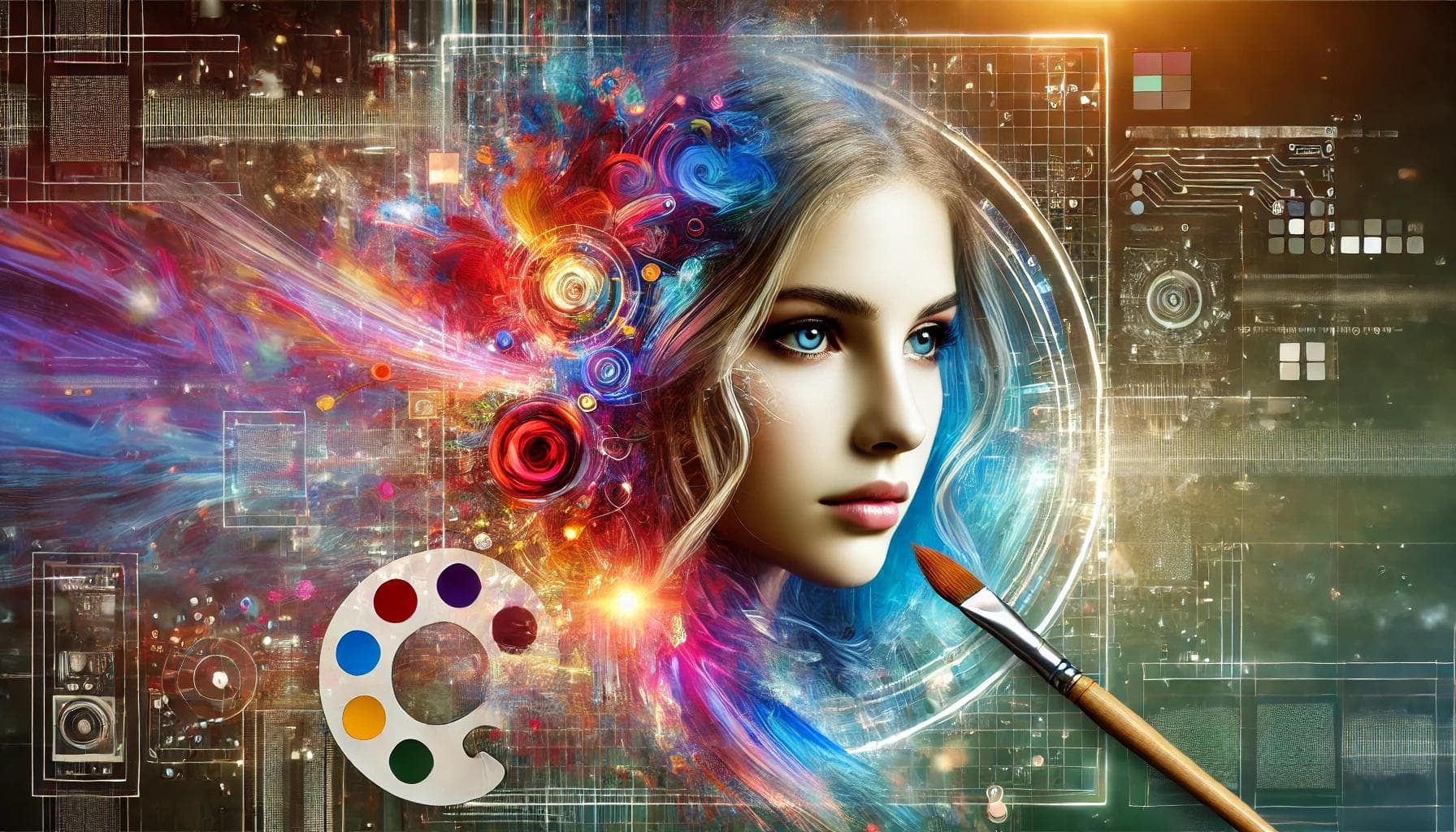December 22, 2024|5 min reading
How to Use LoRA with FLUX AI for Stunning AI-Generated Art

Don't Miss This Free AI!
Unlock hidden features and discover how to revolutionize your experience with AI.
Only for those who want to stay ahead.
How to Use LoRA with FLUX AI: A Comprehensive Guide
Discover the transformative potential of combining FLUX AI with LoRA (Low-Rank Adaptation) models to create exceptional AI-generated art. This guide covers everything from setup to advanced usage, ensuring you can unlock a wide range of creative possibilities.
What is LoRA and How Does It Work with FLUX AI?
LoRA, or Low-Rank Adaptation, is an advanced technique that allows fine-tuning of large models without the need for full retraining. When used with FLUX AI, LoRA models can modify the base FLUX model to produce customized outputs, allowing you to generate specific artistic styles, characters, or effects.
FLUX AI is renowned for its ability to produce hyper-realistic images, and by incorporating LoRA, users can push these capabilities even further, achieving unique, tailor-made visuals.
Setting Up the FLUX AI with LoRA
Before diving into the creative process, it's essential to set up the correct environment to use LoRA with FLUX AI.
Software Requirements
Install SD Forge WebUI: A tool that facilitates the use of FLUX AI models and LoRAs.
Download FLUX AI Model:
Download FLUX VAE:
StabilityMatrix for Easy Management:
7-Zip for Extracting Files:
Compatible GPU: Ensure your system has at least 8GB of VRAM for optimal performance, though 16GB or more is recommended.
Steps for Using LoRA Models with FLUX AI
Step 1: Obtain LoRA Models
Visit Civitai to find FLUX-compatible LoRA models.
Filter models tagged with “FLUX” or mentioned as compatible with FLUX AI.
Download LoRA models in .safetensors or .pt formats.
Step 2: Install LoRA Models
Navigate to your SD Forge WebUI directory and locate the webui/models/Lora folder.
Create a subfolder named “Flux” and place the downloaded LoRA files there.
Step 3: Generate Images with LoRA
Open SD Forge WebUI and go to the “Stable Diffusion” tab.
Select the FLUX checkpoint from the “Checkpoint” dropdown.
In the “LoRA” section, click "Add LoRA" and choose your model.
Adjust the LoRA weight slider (typically between 0.5 and 1.0).
Enter your prompt and include the LoRA trigger word, if applicable.
Set image parameters and click “Generate” to see your AI art come to life.
Advanced LoRA Usage
Combining Multiple LoRAs
You can apply multiple LoRA models simultaneously by adjusting their respective weights. This opens up a vast array of creative possibilities, letting you blend different styles or effects for unique outcomes.
Using LoRA with Negative Prompts
To fine-tune your output, you can add descriptions of unwanted elements in the “Negative prompt” box, even specifying negative LoRA weights.
Fine-Tuning LoRA Effects
Experiment with LoRA weights, CFG scales, and different sampling methods like Euler a or DPM++ 2M Karras to achieve the best result for your specific project.
Popular FLUX LoRAs and Their Uses
Flux Disney: Ideal for creating Disney-style characters.
- Trigger: "flux_disney"
- Recommended weight: 0.7–0.9
Flux Realism: Enhances FLUX’s photorealism.
- Trigger: "flux_realism"
- Recommended weight: 0.6–0.8
Flux Yarn Art: Produces a textured, handcrafted appearance.
- Trigger: "flux_yarn"
- Recommended weight: 0.8–1.0
Flux Aquarell Watercolor: Adds a watercolor effect to your images.
- Trigger: "flux_watercolor"
- Recommended weight: 0.7–0.9
Troubleshooting Common Issues
LoRA Not Affecting Image:
- Ensure LoRA is properly loaded.
- Check that the correct trigger word is used.
- Try increasing the LoRA weight.
Out of Memory Errors:
- Reduce image resolution or batch count.
- Use half-precision mode (fp16).
- Close other resource-heavy applications.
Unexpected Results:
- Check for prompt conflicts.
- Adjust CFG scale or try different sampling methods.
Training Your Own LoRA for FLUX AI
For advanced users, creating custom LoRA models can be an exciting way to personalize your AI-generated art. Follow these steps to train your own LoRA:
Prepare Dataset: Collect 15–30 high-quality images related to your chosen style.
Use the Kohya_ss Training Scripts:
Monitor Training: Keep an eye on the loss values to avoid overfitting and adjust your learning rate accordingly.
Best Practices for LoRA Training and Usage
- Use a diverse dataset to improve LoRA versatility.
- For character LoRAs, include various poses and expressions.
- Test different weights and prompts to understand the LoRA's full potential.
Conclusion
Mastering LoRA with FLUX AI unlocks a world of creative possibilities. Whether you want to create photorealistic images, stylized portraits, or unique art forms, the combination of FLUX and LoRA provides powerful tools to enhance your AI-generated artwork. With practice, experimentation, and attention to detail, you can push the boundaries of digital art.
Explore more

How to Use the Merlio AI Image Generator | Generative AI Beyond ChatGPT
Learn how to use the Merlio AI Image Generator step by step. Discover how LLM content creation works, explore top AI too...

Merlio AI - How We’re Making AI Helpful for Everyone
Explore Merlio AI, your gateway to smarter tools that simplify learning, creativity, and work. Discover how we make AI t...

How Can AI Tools Act as Teachers in the Education Process?
Discover how AI tools act as teachers in education, personalized learning, instant feedback, and 24/7 tutoring for bette...
